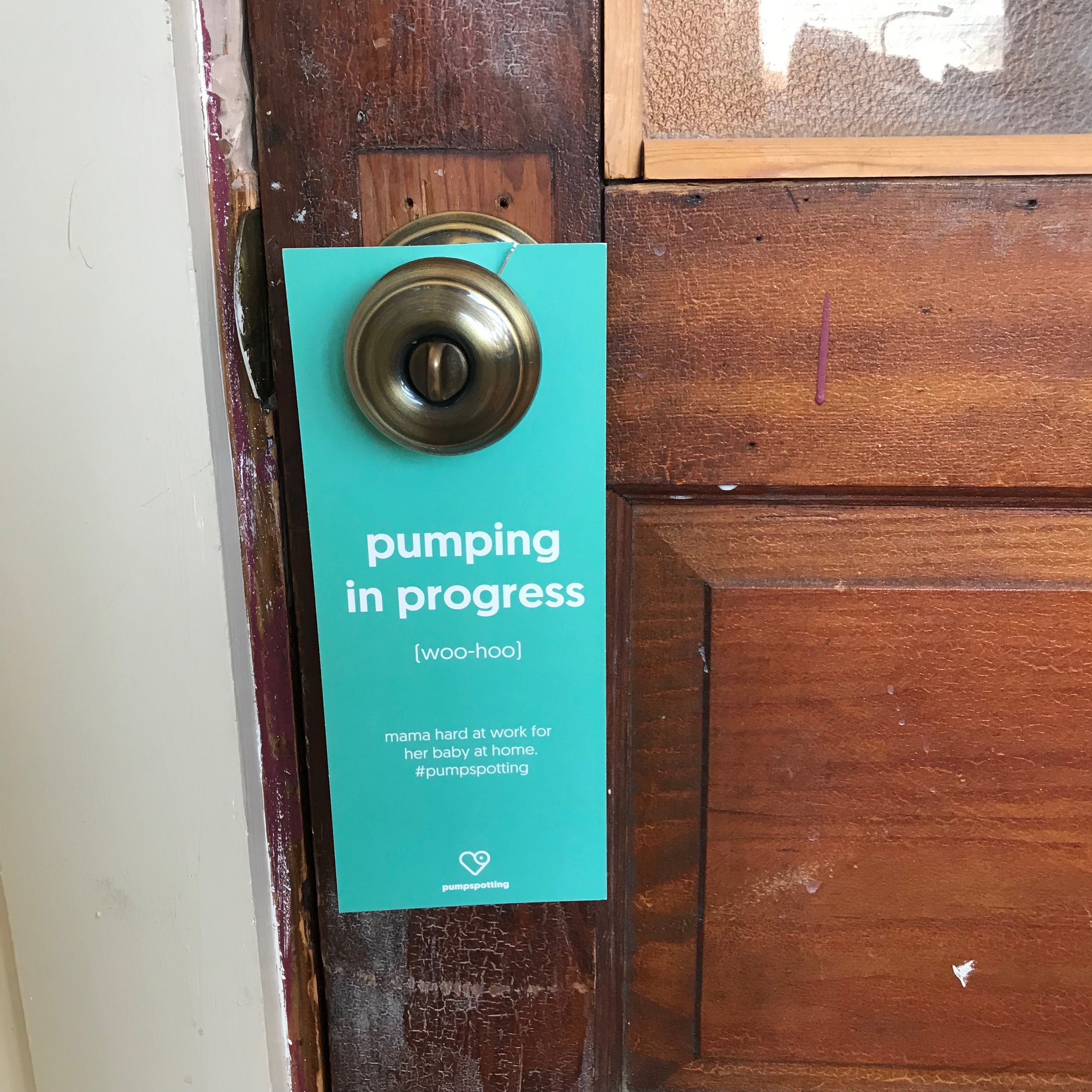8 Lactation Room Requirements Every Working Parent Wants
Feeding a tiny human is hard work. Whether you have employees breastfeeding, pumping, formula feeding, or any combination of the above, it can be a real challenge for them - especially as they return from leave.
Lactating mothers must express milk every 2-3 hours, whether they are with their baby or away. This means every parent must have an expression plan while working to keep their milk supply up and avoid getting sick. As an employer, ensuring your organization meets lactation room requirements, as outlined by federal and state law, is the key to success for your working parents.
The benefits of pumping in the workforce go beyond working parents hitting their personal feeding goals. Breastfeeding is good for business, too. In fact, companies who invest in baby-feeding supportive measures see a 50% reduction in absenteeism, a $6.50 ROI for every $1 spent, and a 59% increase in their retention rate.
Not to mention happier, more productive workers.
This blog explores 8 lactation room requirements employers should be providing every working parent as they return from maternity leave. The easier it is for your lactating employees to take the time to pump when they need to (in the office, working from home, or in a hybrid environment), the healthier, happier, and more productive they will be.
What lactation room requirements do your breastfeeding employees want?
A comfortable chair with an armrest
Milk production is influenced by stress levels. If you create an inviting, relaxing lactation space, parents will have an easier time pumping. Provide your employees with a comfortable chair with an armrest in a private space that is available only to them. Bonus points if the chair can be easily wiped down, reclined, or swiveled.
A table big enough for a breast pump
Lactating parents must express milk with a breast pump, which is often clunky and comes with several accessory parts. Providing a table big enough for them to rest their breast pump on will allow them to be more comfortable during the pumping process, and therefore more productive.
Electrical outlets at each seat
Despite widespread use in the U.S., breast pumps have been slow to change. They are heavy, clunky, loud, and often require an outlet to work or charge. Innovative designs like the Willow or the Elvie pump are hands-free, but are also expensive and often not covered by insurance.
Knowing that most breast pumps require an outlet makes it that much more imperative that employers position every chair and table in their lactation space near one. If that’s not possible, extension cords are a fantastic option.
Security and privacy
Lactating parents need a functional, private place (other than the bathroom) to pump that is available only to them. And they need a way to find, access, and check into those spaces. This may look like a sign on the door when in use, key-only access, or a more sophisticated scheduling system. Whatever you decide, make sure it keeps your lactating parents’ needs in mind and is accessible for all who need it.
Connection to other parents
New parents are in a time of vulnerability and uncertainty. There needs to be a way for your employees to access a community of other feeding parents to communicate around spaces and unlock support. When you give your employees a safe space to have real, honest conversations about what they are going through, it reduces isolation and increases productivity.
A place to wash parts
The Centers for Disease Control and Prevention recommends that breastfeeding parents wash each part after every pump session and sanitize once a day to avoid introducing harmful bacteria into their milk. Since most people have to pump three (or more) times during work hours to make enough milk to feed their baby and maintain their supply, the time it takes to wash parts can add up. Make it easier for your workers by providing a sink with hot and cold water, dish soap, and a sponge either in the room with them, or very close by.
A microwave for pump sterilization and heating food nearby
Breastfeeding burns about 500-700 calories extra per day. So it’s no surprise that pumping can make a parent hungry. Providing a microwave in your lactation room does two things: it supports healthy multitasking (eating while pumping!) and allows your employees to sterilize pump parts for health and safety, making it less likely that they or their baby will get sick.
A refrigerator for milk storage nearby
Lactating parents need to refrigerate milk to keep it fresh and safe for baby to drink. Providing a shared refrigerator close to the lactation room is great, but a private refrigerator in the lactation room is best - for both privacy and safety.
Why meeting lactation room requirements matter
New parents who work at employers that have taken steps to meet or exceed their lactation room requirements are 83% more likely to recommend their place of employment to others. Lactation support also reduces turnover, sick time, and health care claims, making your employees more productive and your business more profitable.
More than ever, working parents need employers to proactively provide support and policy in the workforce to encourage breastfeeding. Removing all the barriers that working parents face while feeding and working is the key to unlocking employee loyalty and being seen as a hero to working parents.
Looking to get started? Download our guide to learn 9 ways lactation support removes barriers for working parents and keeps them happy and on the job.
pumpspotting is a lactation support solution for companies of all sizes to attract talent and retain employees. Our mobile app supports parents in navigating the day-to-day of feeding through connection to a community of parents and lactation experts, access to comfy places to nurse and pump, and non-judgmental encouragement. It also serves as the central hub of breastfeeding support for employers, removing barriers inside the workplace and reducing costs and productivity losses associated with turnover, absenteeism, and non-compliance. Learn more here and join us!






